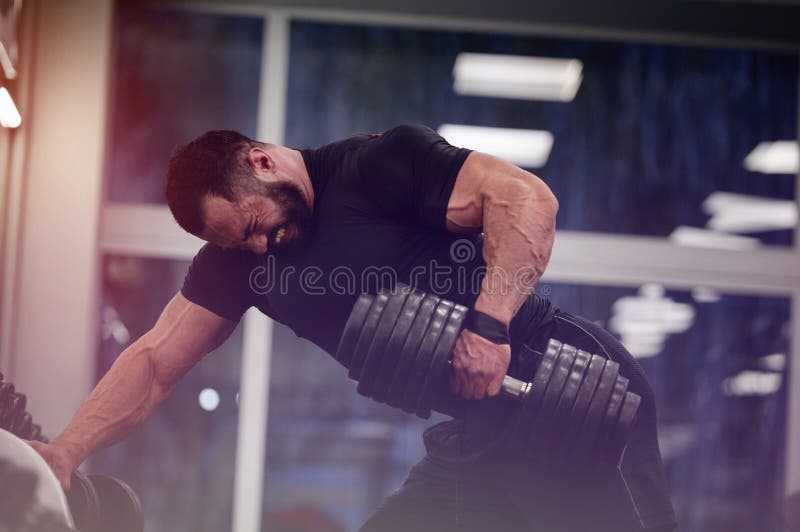

Lorra Garrick has been covering medical, fitness and cybersecurity topics for many years, having written thousands of articles for print magazines and websites, including as a ghostwriter. Casey specializes in vascular and vein therapy, and has been the lead researcher on publications examining abdominal aortic aneurysms, carotid artery disease and lower extremity critical limb ischemia. “The treatment involves chemical thrombolysis of the vein followed by removal of the ipsilateral first rib and scalene muscles.” Dr.

“It accounts for approximately 1% of acute venous thromboses. Casey explains, “It is caused by compression of the vein by the musculoskeletal elements of the thoracic outlet. “However, it can also be found in pitchers, volleyball players, tennis players, etc.”ĭr. “This is an acute occlusion of the axillo-subclavian vein and is classically found in an otherwise healthy young male who is an avid weightlifter. “I suspect what this discussion is focused on is Paget-Schroetter syndrome or subclavian vein effort thrombosis,” says Kevin Casey, MD, FACS, a vascular surgeon with West Coast Vascular. Sometimes, it certainly must feel that way, as the athlete strains with heavy compound lifts, especially if the athlete sees their veins “popping” or “bulging” as they struggle with the load.Īnother reason those who strength train or work out with weights may wonder about blood clots is because often, they strive to attain vascularity in their appearance, and this makes them think of veins.Īll in all, muscle builders and other kinds of weight lifters will sometimes wonder about deep vein thrombosis, though they may not refer to it as that, and instead call it “blood clot.” What the Doctor Says

Many bodybuilders and those who lift weights want to know if weightlifting can somehow cause a DVT. A vascular surgeon answers the question of can lifting weights cause a blood clot (deep vein thrombosis).


 0 kommentar(er)
0 kommentar(er)
